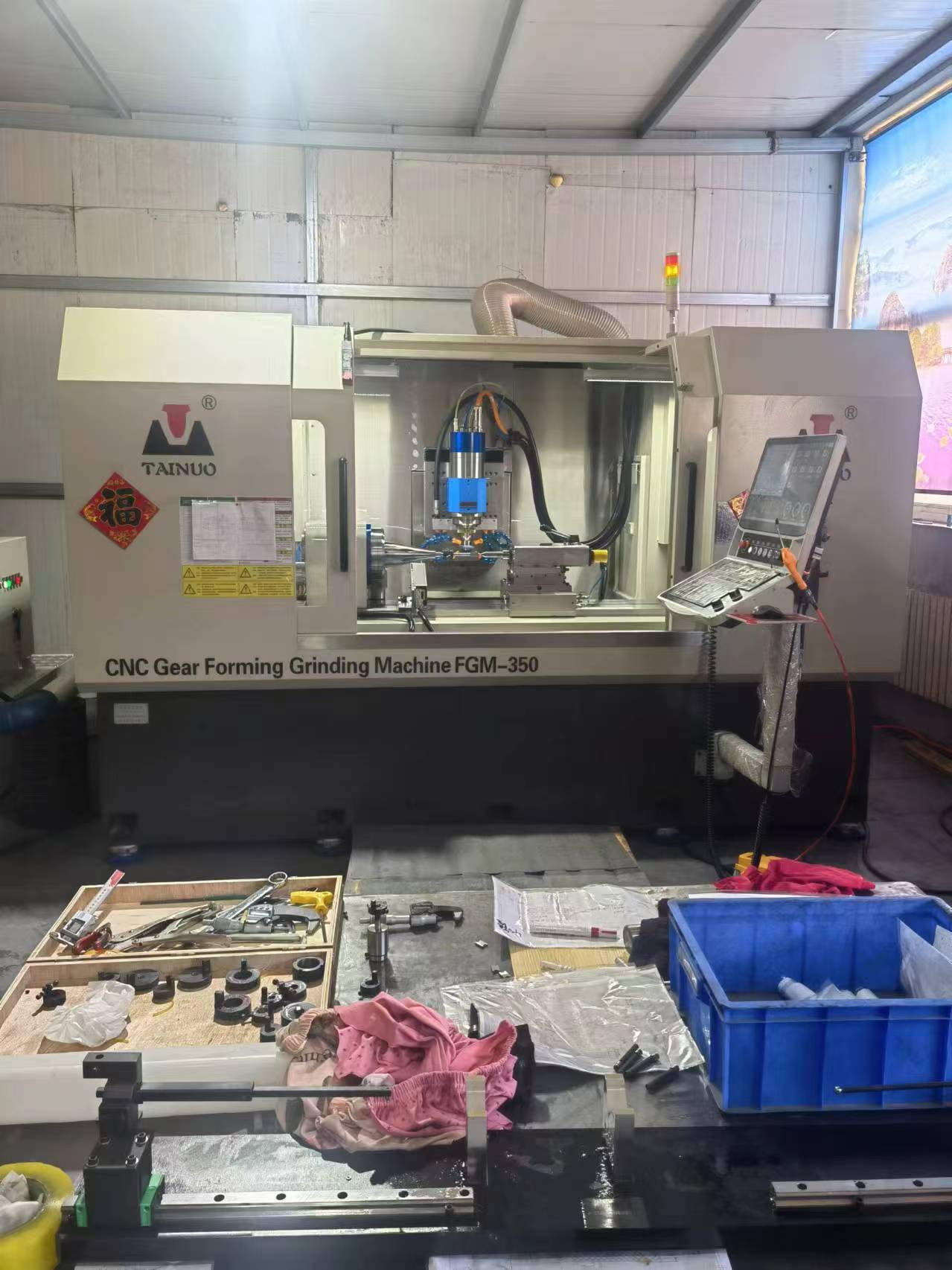Nov . 30, 2024 06:06 Back to list
Understanding the Role of Control Valves in Hydraulic Systems for Efficient Performance
The Role of Control Valves in Hydraulic Systems
Hydraulic systems are integral to a wide array of industries, including manufacturing, construction, and automotive engineering. They work by transmitting power through pressurized fluid, allowing for efficient and precise movement and control of machinery. At the heart of these hydraulic systems are control valves, essential components that regulate the flow and pressure of hydraulic fluid. This article will explore the function of control valves in hydraulic systems, their types, and their significance in enhancing performance and safety.
Function of Control Valves
Control valves in hydraulic systems serve several critical functions. Primarily, they manage the flow rate and pressure of the hydraulic fluid, determining how much fluid can pass through a particular point in the system. By adjusting the flow, control valves facilitate the movement of hydraulic actuators, such as cylinders and motors, which convert hydraulic energy into mechanical work.
Moreover, control valves can operate in various modes, such as on/off or proportional control. On/off valves simply allow or block fluid flow, acting as a switch to start or stop machinery. In contrast, proportional valves enable more nuanced control over the flow rate and pressure, allowing for smoother operation and better performance in precision applications. This adaptability helps optimize machine function, enhancing productivity while minimizing wear and tear on components.
Types of Control Valves
There are several types of control valves utilized in hydraulic systems, each with specific advantages and characteristics
. Among the most common are *relief valves*, *throttle valves*, and *directional control valves*.1. Relief Valves These safety devices prevent excessive pressure buildup within the system. When the pressure exceeds a predetermined limit, the relief valve opens to divert fluid back to the reservoir, thereby protecting components from potential damage.
control valve in hydraulic system

2. Throttle Valves Throttle valves regulate the flow rate of hydraulic fluid, which can reduce speed in actuators. By adjusting the valve position, operators can control the velocity of hydraulic cylinders, allowing for better control during operations that require careful movements, such as assembly or positioning tasks.
3. Directional Control Valves These valves manipulate the path of hydraulic fluid within the system. By switching the direction of flow, they control which cylinder or actuator receives the fluid, thus determining the movement of machinery. These valves can be operated manually, electrically, or hydraulically, providing flexibility in system design.
Significance of Control Valves
The significance of control valves in hydraulic systems cannot be overstated. First and foremost, they directly impact the efficiency and effectiveness of operations. By providing precise control over fluid dynamics, control valves help ensure that machines operate smoothly and responsively, which is crucial in high-stakes environments like manufacturing or construction.
Moreover, control valves play a vital role in ensuring safety within hydraulic systems. They prevent pressure spikes that could lead to catastrophic failures, thereby protecting both equipment and operators. Regular maintenance and monitoring of these valves are essential to maintain their integrity and functionality, as a malfunctioning control valve can compromise the entire hydraulic system.
In addition to safety and efficiency, the implementation of advanced control valves, such as electronic or smart valves, is becoming increasingly popular. These sophisticated devices can offer real-time monitoring, adjust flows based on system demands, and provide predictive maintenance alerts to prevent failures before they occur.
Conclusion
In summary, control valves are essential components of hydraulic systems, providing critical functions that enhance performance, security, and versatility. By managing fluid flow and pressure, these valves enable machinery to operate effectively across diverse applications. As industries continue to evolve and embrace technological advancements, the role of control valves will likely become even more significant, paving the way for smarter and more efficient hydraulic systems. Proper understanding and maintenance of these vital components can lead to improved operational outcomes and increased lifespan for hydraulic equipment.
-
Precision Manufacturing with Advanced Spline Gauge DesignNewsJul.31,2025
-
Industrial-Grade Calibrated Pin Gauges for Exact MeasurementsNewsJul.31,2025
-
Industrial Filtration Systems Depend on Quality Filter DN50 SolutionsNewsJul.31,2025
-
High-Performance Gate Valve WholesaleNewsJul.31,2025
-
Granite Surface Plate The Ultimate Solution for Precision MeasurementNewsJul.31,2025
-
Granite Industrial Tools The Ultimate Guide for Bulk BuyersNewsJul.31,2025
Related PRODUCTS









